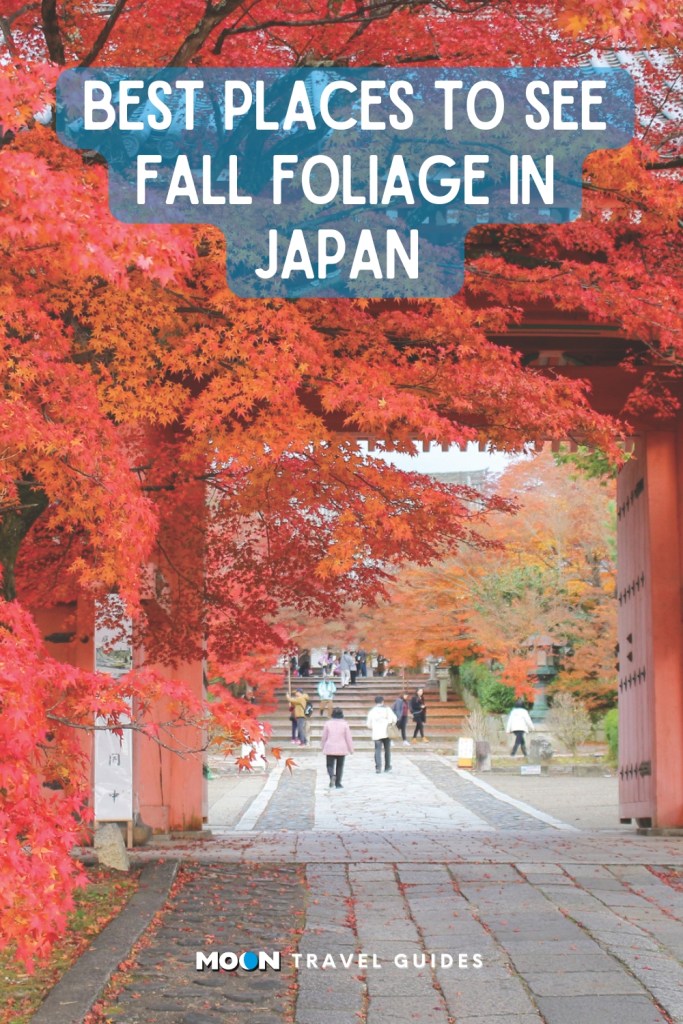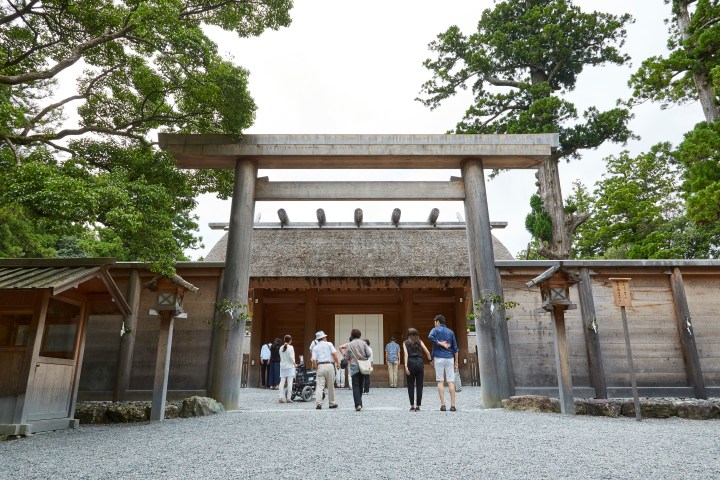Best Places to See Fall Foliage in Japan
In autumn, a Japanese pastime known as kōyō takes place when the leaves of maples, gingkoes, and more blanket the country in an earth-tone palette of red, orange, yellow, tan, and brown. Peak kōyō runs mid-November to mid-December for much of the southern half of Japan, including the Tokyo and Kansai regions and a large swath of southern Kyushu. Expect the leaves to turn late September-early November in higher altitudes. Being in Japan during kōyō is magical, but be forewarned: This is a peak travel time. To ensure you’re not left with slim pickings for accommodations, or paying maximum yen, plan any travel during these times early.
Oirase-keiryū Gorge, Tohoku Region

The area around Towada-ko is known for having some of the most beautiful autumn foliage in Japan. A particularly dazzling scene unfolds in late September and runs through October when the leaves explode with earthy tones and fiery reds along the Oirase-keiryū, a stunning gorge through which the sole tributary of the lake flows toward the Pacific.
Kenroku-en, Central Honshu region
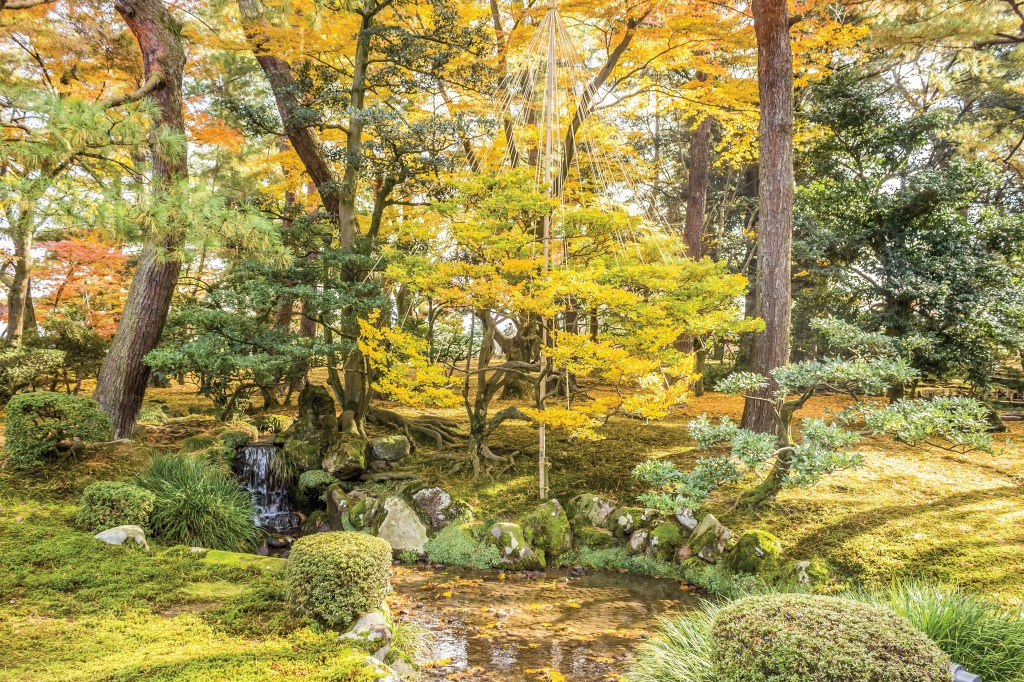
Kenroku-en, a meticulously shaped patch of green, easily claims its place among Japan’s three most beautiful landscape gardens, along with Okayama’s Kōraku-en and Kairaku-en in Mito, Ibaraki Prefecture. The expansive grounds are dotted with ponds, streams, an artificial waterfall, fountains, flowers, various trees, teahouses, stone lanterns, winding paths up and over hills, and lovely views of the city below. Summer is primarily a time of deep green, while autumn colors bring a pleasing mix of earthy and fiery tones when the garden’s abundant maple foliage starts to turn. No matter the season, it’s enjoyable to slow down and enjoy a tea and sweet at one of the garden’s teahouses.
Eikan-dō, Kyoto
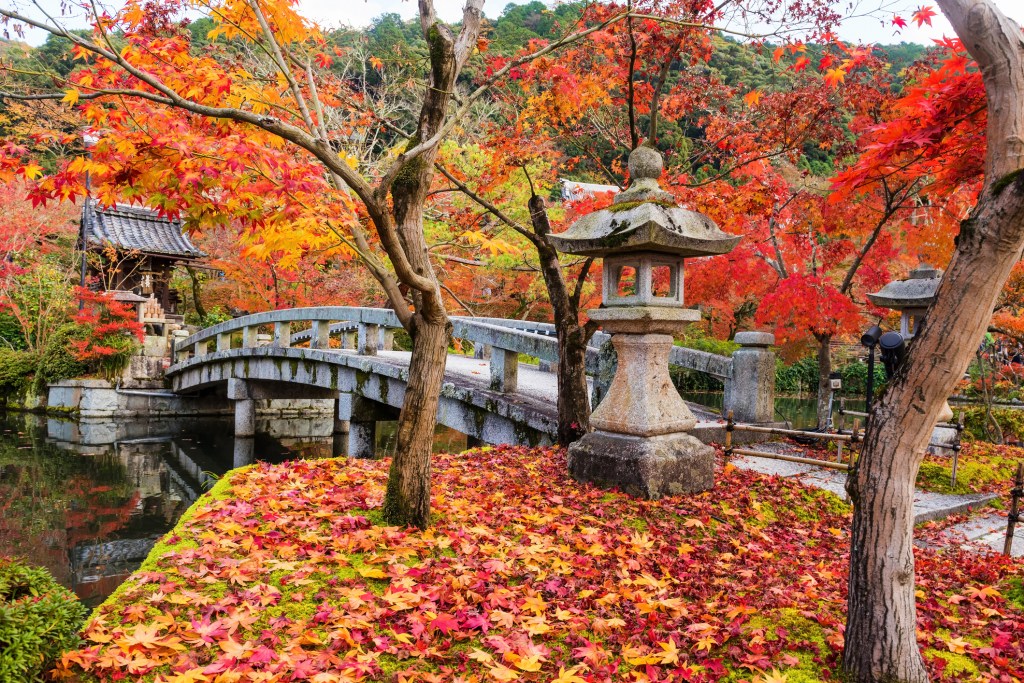
This tranquil Jōdo (Pure Lane) sect temple is 7 minutes’ walk north from Nanzen-ji. It serves as the southern end of the Philosopher’s Path and is famed for its autumn foliage, particularly its fiery maples. Originally the villa of a court noble during the Heian period (794-1185), it was converted into a temple originally known as Zenrin-ji. Its popularly used name of Eikan-dō is derived from an 11th-century priest named Eikan.
Start planning your adventure today
For more inspiration, follow @moonguides on social media.
Shinnyo-dō, Kyoto
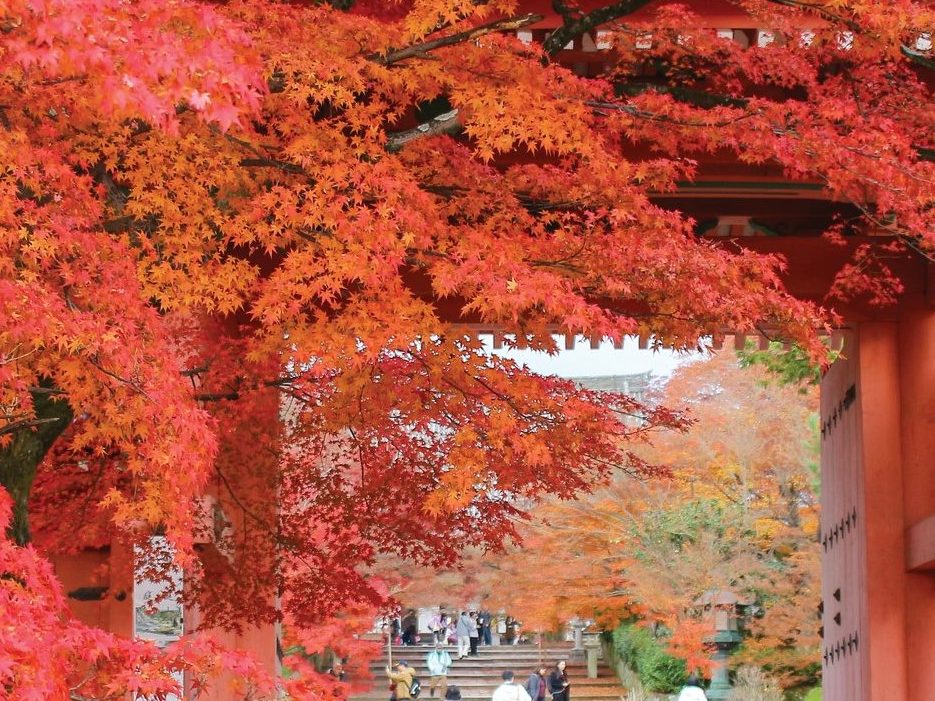
A brilliant place to see autumn foliage with a fraction of the crowds, this temple of the Tendai sect is about 5 minutes’ walk uphill from Konkai-Kōmyō-ji (aka Kurodani) Established in 984, razed in the Onin War (1467-1477), and finally rebuilt and relocated to its current location in 1693, its grounds include a main hall with a gilt canopy, sacred statues, paintings that alternate every half-year (one depicting the scene of Buddha’s death, the other a mandala representing the Buddhist Pure Land), a three-storied pagoda, and an inner garden.
Momijidani-kōen, Western Honshu region

Momijidani-kōen sits at the foot of Mount Misen, the island’s highest peak at 535 m (1,755 ft). It’s justly known for its autumn foliage. Bisected by a stream, spanned by arched bridges, and lined by stone lanterns, with tame deer roaming freely, it’s near the ropeway that takes you within a 30-minute walk of the summit of Mount Misen.
Kōraku-en, Western Honshu region
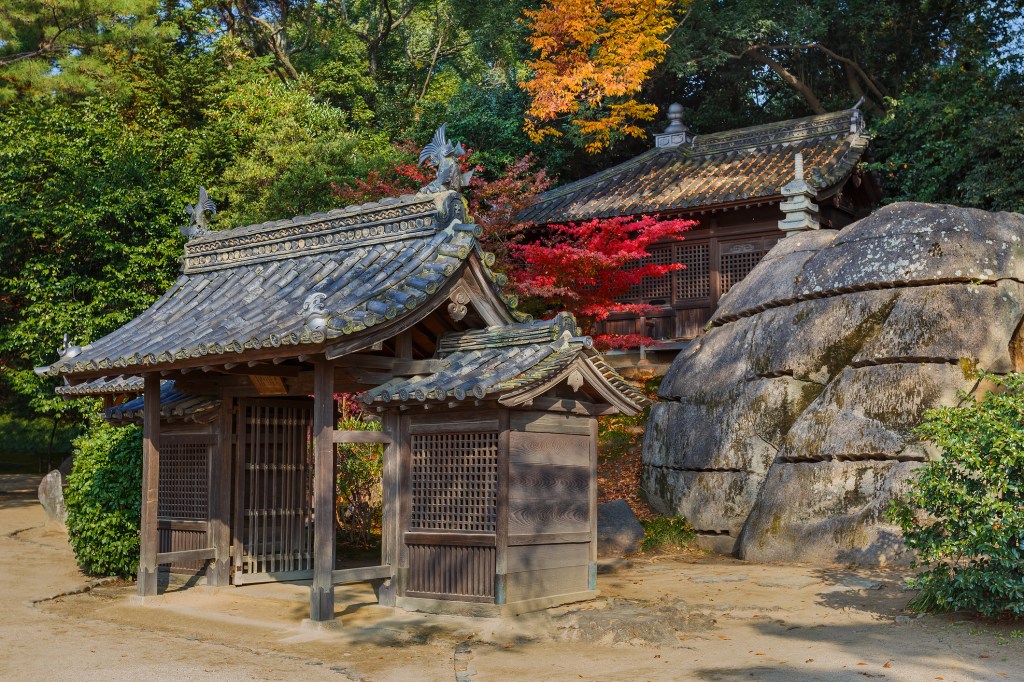
Long considered one of Japan’s top three gardens, alongside Mito’s Kairaku-en and Kanazawa’s Kenroku-en, Kōraku-en straddles the Asahi River. The garden was opened to the public in 1884, following the dawn of the Meiji era. Although floods in 1934 and World War II bombing marred the grounds, they have been returned to their former state. Cherry blossom season in spring and the coming of autumn foliage are popular times to visit the grounds, but they’re expansive enough never to feel thronged. The gardens occupy 14 ha (2.5 ac), which should take you a few hours to explore, depending on how much you stop to soak in the views and snap photos.
Newsletter Signup
By clicking ‘Sign Up,’ I acknowledge that I have read and agree to Hachette Book Group’s Privacy Policy and Terms of Use
Pin it for later
